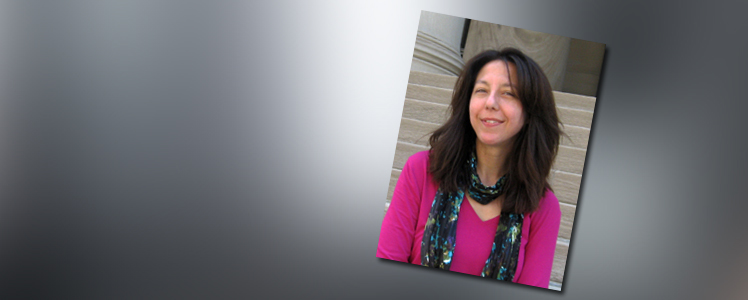Wednesday, September 26, 2012

Introducing Assistant Professor Sandra Kuhlman
The Department of Biological Sciences is proud to announce neuroscientist Dr. Sandra Kuhlman has joined the faculty as an assistant professor. Kuhlman comes to Carnegie Mellon University from a postdoctoral research position at the University of California, Los Angeles (UCLA). Prior to UCLA, she held another postdoctoral research position at Cold Spring Harbor Laboratory and received her doctorate in Physiology from the University of Kentucky.
Tell us a little about the research that you plan to conduct at Carnegie Mellon.
When faced with a new challenge, humans can achieve expert performance through practice. The goal of my research program is to understand how neural networks in the cortex are altered during new skill acquisition to promote appropriate behavioral responses and to understand how the circuitry for learning is established during development. The long-term objective is to advance the rational design of therapeutic treatments for neurodevelopmental disease.
My laboratory will visualize and track circuit changes occurring in the brains of awake behaving mice as they learn new skills through multiphoton laser-scanning microscopy as well as splicing jellyfish and coral DNA that codes for fluorescent protein into the genome of mice.
What are some potential implications from your work?
A devastating impact of neurodevelopmental disease is the failure of a child to reach developmental milestones and ultimately achieve independence. By understanding how microcircuits are altered during learning, we hope to be able to rescue learning deficits at the level of the molecular and/or genetic insult to restore circuit function.
In general, where is your field of research heading?
Just as society has a division of labor among workers, so to is there diversity of cell types that underlie brain function. We are on the verge of understanding how this cell type heterogeneity enables sensory encoding and complex brain computations. An understanding at this level will enable the rational design of therapeutics to target the specific cell type afflicted by genetic or environmental insult.
Can you tell us about any current collaborations as well as your plans for future collaborations?
Currently, I am collaborating with a vision lab at UCLA along with a lab at UC Irvine that has expertise in a technique known as ‘laser scanning photostimulation.’ This technique quantifies strengths of connections among neurons within a local microcircuit. Our team has discovered that manipulation of visual experience very rapidly alters the manner in which inhibitory circuits are recruited in the brain, and that this altered recruitment of inhibition appears to be required for adaptation to the new condition.
Another ongoing collaboration is with a lab at The Johns Hopkins University. We are training mice to discriminate the position of a small object, and imaging the cortex as the mouse becomes an expert at localizing the object. We find a significant change in the connections between sensory and motor brain areas. This change actually precedes improved performance, so it may be a predictor of future expertise.
In the future, I hope to collaborate with David Lewis’s lab at the University of Pittsburgh. We have a common interest in molecular signaling pathways, which are required for inhibitory neurons to wire up into cortical circuits. I also look forward to interacting with Carnegie Mellon engineering folks, such as Shawn Kelly, to develop sophisticated brain activity monitors, so bio-feedback may be used to accelerate learning and perhaps rescue learning deficits.
What part of coming to Carnegie Mellon are you most excited about?
Pittsburgh has a rich history of technological innovation. George Ferris’s wheel showcased at the Chicago World’s Columbian Exposition actually used a railway air break, which was designed by Pittsburgh inventor, George Westinghouse. It is in this innovative yet rigorous work-ethic atmosphere that we can do carefully planned, hypothesis driven research with the occasional and unexpected ‘eureka- so that’s how it works’ moment. These are the elements that lead to scientific discovery: carefully planning experiments and openness to unexpected results.